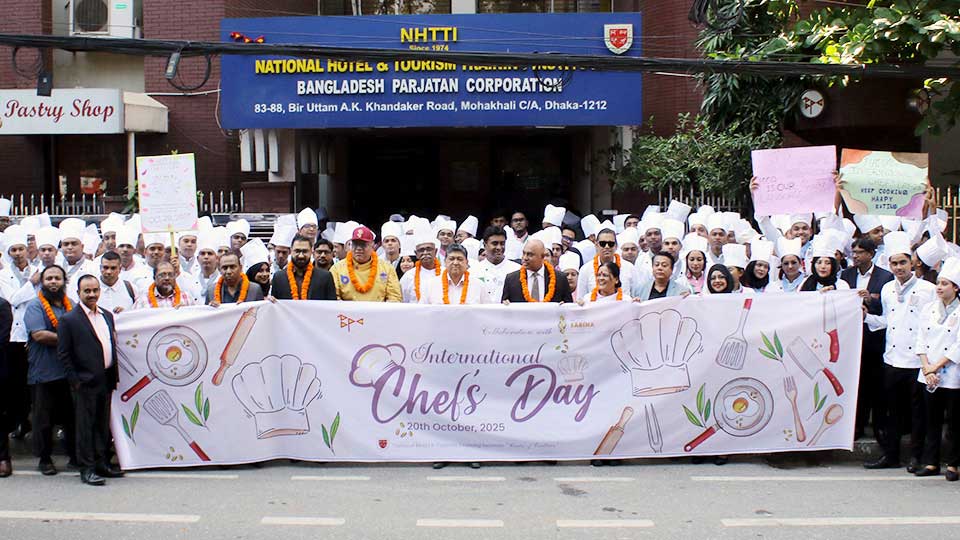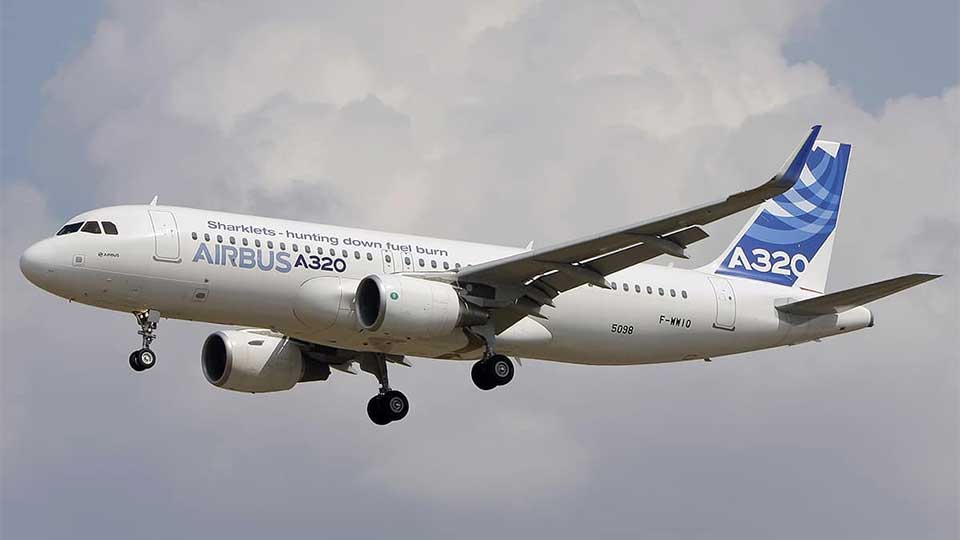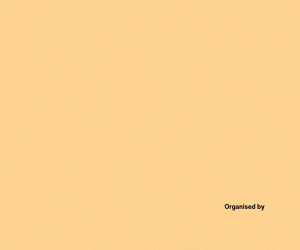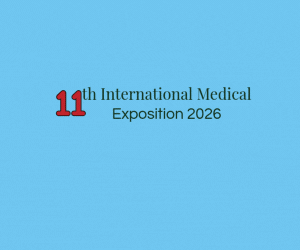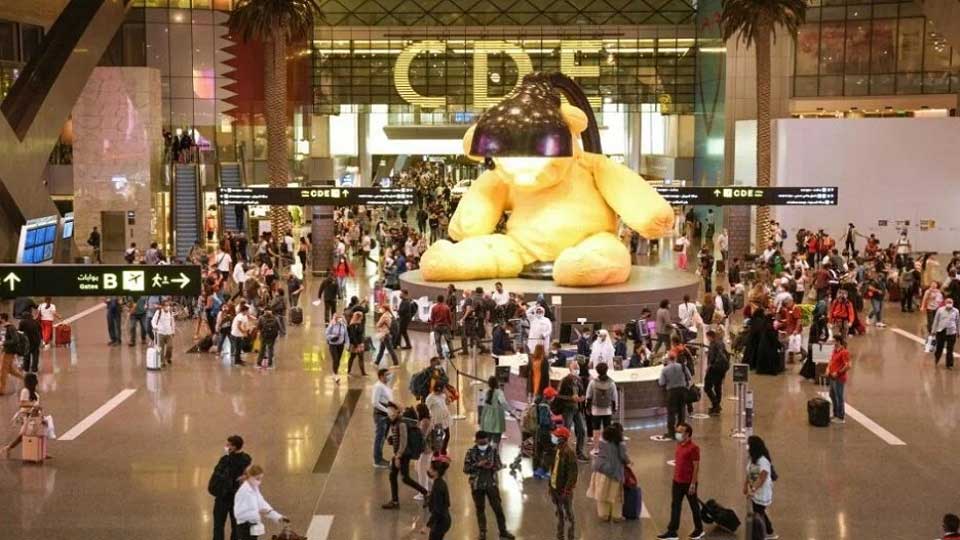
Dhaka: Airfares across Asia-Pacific and the Middle East have increased sharply since the pandemic, driven largely by inflation and reduced airline competition rather than airport charges, according to a new report by Airports Council International (ACI) Asia-Pacific & Middle East.
The 2025 Airfare Trends report, developed with Flare Aviation Consulting, shows that average fares in Asia-Pacific rose 8pc from the first half of 2019 to 2025, reversing the 18pc decline seen between 2014 and 2019.
In the Middle East, fares increased 15pc over the same period, compared to a 9pc decline in the five years prior to the pandemic.
The report highlights Oceania as the most expensive region for air travel, while India and China remain below the regional average.
South-east Asia and Oceania saw the highest fare hikes, up 20pc and 30pc respectively from pre-pandemic levels.
China was the only major market to avoid airfare increases.
Despite strong passenger traffic recovery, economic travellers face the steepest fare rises, particularly on shorthaul, low-cost carrier routes where competition has diminished.
Routes with low airline competition saw fares increase up to 13 percentage points above the regional average.
International fares rose 17pc over pre-pandemic levels, led by South-east Asia and developed East Asia. Domestic fares climbed more than 30pc, particularly on routes with reduced airline presence.
The study found airport charges have minimal impact on fares. Charges and turnaround costs, including government taxes, have generally increased below inflation. In markets where charges fell, airfares still rose.
“The objective of this analysis is to assess market dynamics and their impact on aviation, as well as provide transparency into the rising cost of air travel,” said Stefano Baronci, director general of ACI Asia-Pacific & Middle East.
Baronci warned that cutting airport fees does little to reduce ticket prices and may hinder airports’ ability to invest in capacity and technology. Instead, he urged policymakers to prioritise market liberalisation, including open skies agreements, improved market access, and efficient slot policies to enhance competition and affordability.
The report underscores that inflation and airline competition—factors outside airport control—remain the primary drivers of fare increases, which range between 9pc and 28pc across regions, even where airport charges have declined.
-B


